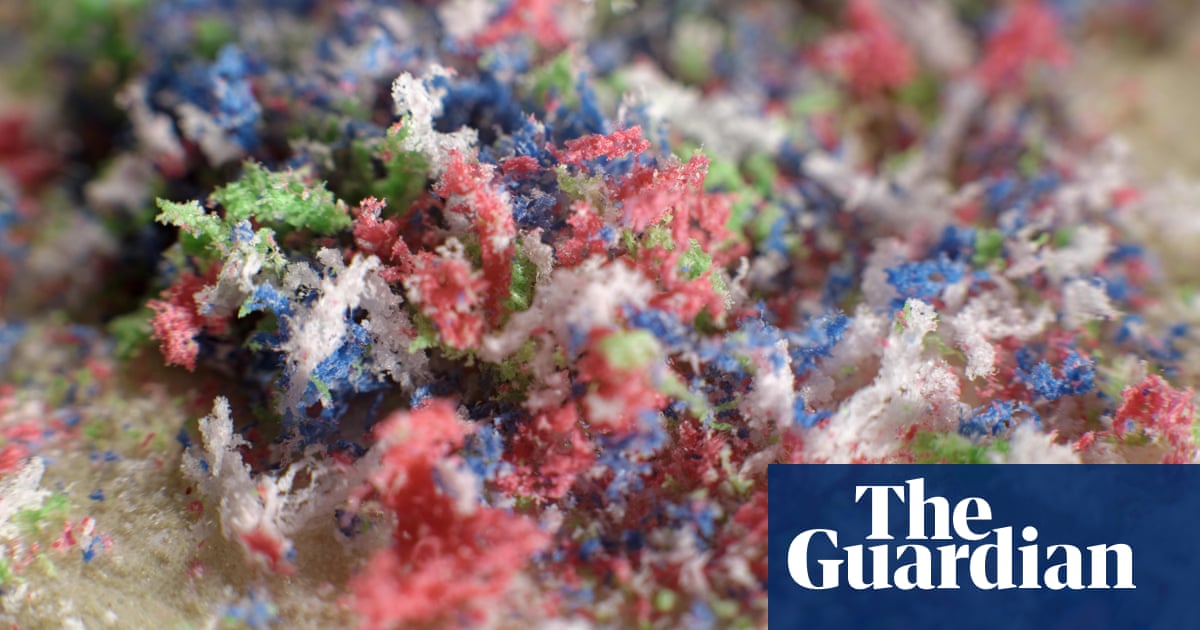
About 90% of water samples taken over the last 10 years from the Great Lakes contain microplastic levels that are unsafe for wildlife, a new peer-reviewed paper from the University of Toronto finds.
About 20% of those samples are at the highest level of risk, but the study’s authors say the damage can be reversed if the US and Canada quickly act.
“Ninety per cent is a lot,” said Eden Hataley, a University of Toronto researcher and study co-author. “We need to answer some basic questions by monitoring … so we can quantify risks to wildlife and humans.”
The Great Lakes provide drinking water to over 40 million people in the US and Canada, hold about 90% of the US’s freshwater, and are home to 3,500 species of plants and animals.
The authors reviewed data from peer-reviewed studies from the last 10 years, which showed the highest levels are found in tributaries leading to the lakes, or around major cities like Chicago and Toronto. The highest median levels were found in Lake Michigan and Lake Ontario.
Though myriad microplastic sources exist, wastewater treatment plants seem to be a major Great Lakes basin contributor, as they are elsewhere, Hataley said. Pollution from microfibers that come off clothing in washing machines are thought to be another common source, as are preproduction plastic pellets used in manufacturing. She noted concerning levels of microplastics have been found in sport fish consumed by humans and beer brewed with Great Lakes water.
But the consequences for human health are unknown, Hataley said.
“We know we are being exposed, but what that means in terms of harm or what’s a safe level – we have no idea, and that’s going to take more research,” she said.
Getting a handle on the question starts with the US and Canadian governments coordinating the monitoring of microplastic levels, she added, and the nations’ Great Lakes Water Quality Agreement already has in place monitoring programs for other pollutants.
after newsletter promotion
Adding microplastics to that list would not be a heavy lift, Hataley added, and would help researchers and regulators understand pollution trends over time, identify hotspots and point to major sources of pollution.
Solutions, like adding filters to washing machines or storm sewers at manufacturing sites, exist and are relatively easy to implement, she said. Though Canadian and US governments have known about microplastic levels for at least 10 years, it can take time for regulators to act, and the new paper highlights the situation’s urgency, Hataley said.
“The timeline is not that shocking, but it makes a lot of sense to do it now,” she said.
